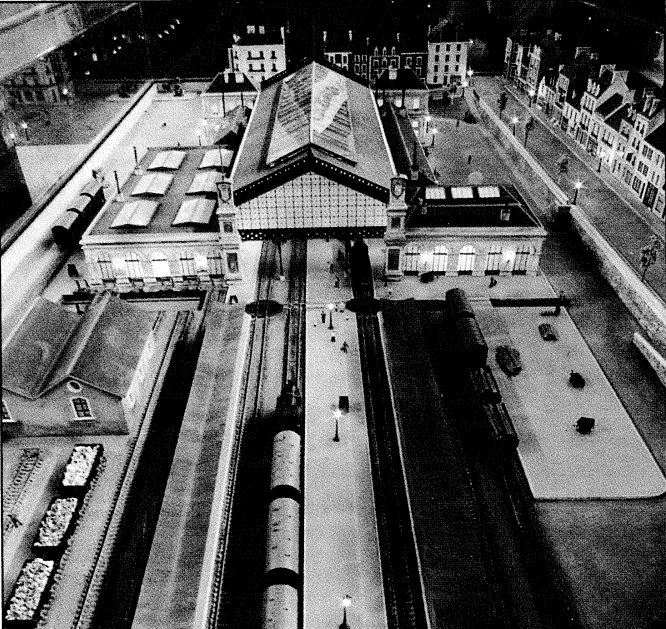Physical Address
304 North Cardinal St.
Dorchester Center, MA 02124
Physical Address
304 North Cardinal St.
Dorchester Center, MA 02124

During WWII, airman Alan Magee fell 22,000 feet without a parachute, crashed through a roof in France—and survived. Discover his incredible true story.

When we think of survival stories, we often imagine narrow escapes, daring rescues, or defying incredible odds. But few stories rival the sheer improbability of what happened to Staff Sergeant Alan Eugene Magee in January 1943. Thrown from his damaged B-17 without a working parachute, he plummeted more than four miles—and lived. This is the full, chronological story of how he fell, how he survived, and how his legacy endures.
Alan Magee was born in the United States (some records place his birth in 1919), and like many young men of his time, he answered the call to serve. He enlisted in the U.S. Army Air Forces and trained as a gunner immediately after the Pearl Harbor attack. By early 1943, Magee was part of the 303rd Bombardment Group, stationed in England and flying missions over occupied Europe.
On January 3rd, 1943, Magee climbed into the ball turret of a B-17F Fortress, serial 41-24620, nicknamed Snap! Crackle! Pop!. It was his seventh combat mission. The target: the heavily defended port of Saint-Nazaire, France, on the Atlantic coast.

As they approached Saint-Nazaire, the flak defenses were ferocious. The bomber was hit—hard. Explosions rocked the plane, ripping away part of the right wing, damaging control surfaces, and causing internal systems to fail. The aircraft began to lose altitude and control. Magee, stationed in the ball turret, tried to exit, but by then his parachute lines were already torn or rendered unusable by the flak blast. He was left exposed to the worst outcome.
It’s likely that, under the stress and chaos of the blast and loss of oxygen at high altitude, Magee blacked out. What followed is among the most astonishing survivals in aviation history.
Magee plummeted through the air—estimates place his fall from somewhere between 20,000 and 22,000 feet. For a large portion of the descent, he was unconscious. Gravity did the rest.
Near Saint-Nazaire, he crashed through the glass roof of the railway station. The glass panels shattered and absorbed much of the force of his impact. Beneath the broken glass, interior furnishings and structural elements further slowed him down just enough. Incredibly, despite reaching around 120mph during the fall, he survived the impact.
It’s not just luck that saved him—but the unique structure of the station roof, his unconscious state (which may have shielded him from more violent rotational forces), and the layers of energy absorption beneath.

Rescuers and local townspeople found Magee inside the station, alive but unconscious. He had sustained severe injuries:
Because Saint-Nazaire was in occupied France, he became a German prisoner of war. German medical personnel treated him for months, stabilizing his condition as best they could.
He remained imprisoned until liberation in 1945. Throughout those years, Magee’s frail survival seemed nothing short of miraculous.
After World War II ended, Magee was repatriated and received full medical care in the U.S. He was awarded the Purple Heart for his wounds and the Air Medal for his service. The people of Saint-Nazaire honored him and his crew over the decades, especially at the 50th anniversary of the crash in January 1993.
Magee went on to live a full life: he earned a pilot’s license, worked in the aviation industry, and retired in 1979. He passed away on December 20, 2003 in San Angelo, Texas, from complications due to a stroke and kidney failure. He was buried in Pioneer Memorial Park in San Angelo.

When you put it all together, Magee’s survival hinges on a few extraordinary factors:
Without any one of those, the odds would almost certainly have been fatal.
Over the years, Magee’s story has become almost legendary in aviation and WWII history circles. Books, articles, and local memorials in Saint-Nazaire keep the memory alive. His fall remains one of the most remarkable survival stories ever recorded.